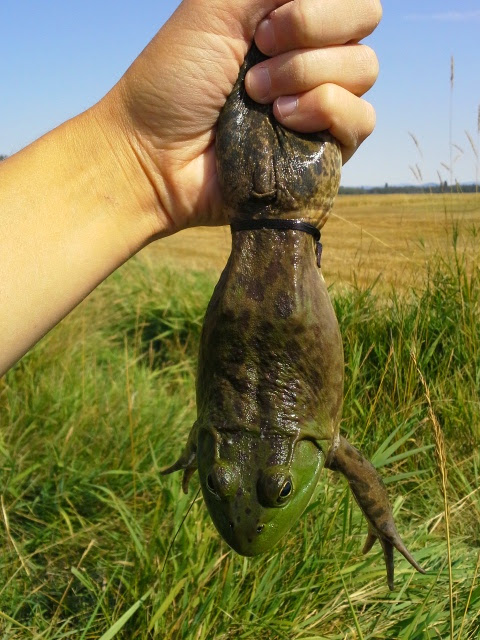Bayesian networks facilitate updating of species distribution and habitat suitability models
Abstract/Summary
Managers often rely on predictions of species distributions and habitat suitability to inform conservation and management decisions. Although numerous approaches are available to develop models to make these predictions, few approaches exist to update existing models as new data accumulate. There is a need for updatable models to ensure good modeling practices in an aim to keep pace with change in the environment and change in data availability to continue to use the best-available science to inform decisions. We demonstrated a workflow to deliver predictive models to user groups within Bayesian networks, allowing models to be used to make predictions across new sites and to be easily updated with new data. To demonstrate this workflow, we focus on species distribution and habitat suitability models given their importance to informing conservation strategies across the globe. In particular, we followed a standard process of collating species encounter data available in online databases and ancillary covariate data to develop a habitat suitability model. We then used this model to parameterize a Bayesian network and updated the model with new data to predict species presence in a new focal ecoregion. We found the network updated relatively quickly as new data were incorporated, and the overall error rate generally decreased with each model update. Our approach allows for the formal incorporation of new data into predictions to help ensure model predictions are based on all relevant data available, regardless of whether they were collected after initial model development. Although our focus is on species distribution and habitat suitability models to inform conservation efforts, the workflow we describe herein can easily be applied to any use case where model uncertainty reduction and increased model prediction accuracy are desired via model updating as new data become available. Thus, our paper describes a generalizable workflow to implement model updating, which is widely recognized as a good modeling practice but is also underutilized in applied ecology.
Publication details
| Published Date: | 2024-12-06 |
| Outlet/Publisher: | Ecological Modelling |
| Media Format: |
ARMI Organizational Units:
Pacific Northwest - BiologyTopics:
Invasive SpeciesManagement
Monitoring and Population Ecology
Quantitative Developments
Place Names:
OregonPacific Northwest
Washington
Keywords:
amphibiansBayesian modeling
bullfrog
Decision science
distribution
habitat use
invasives

